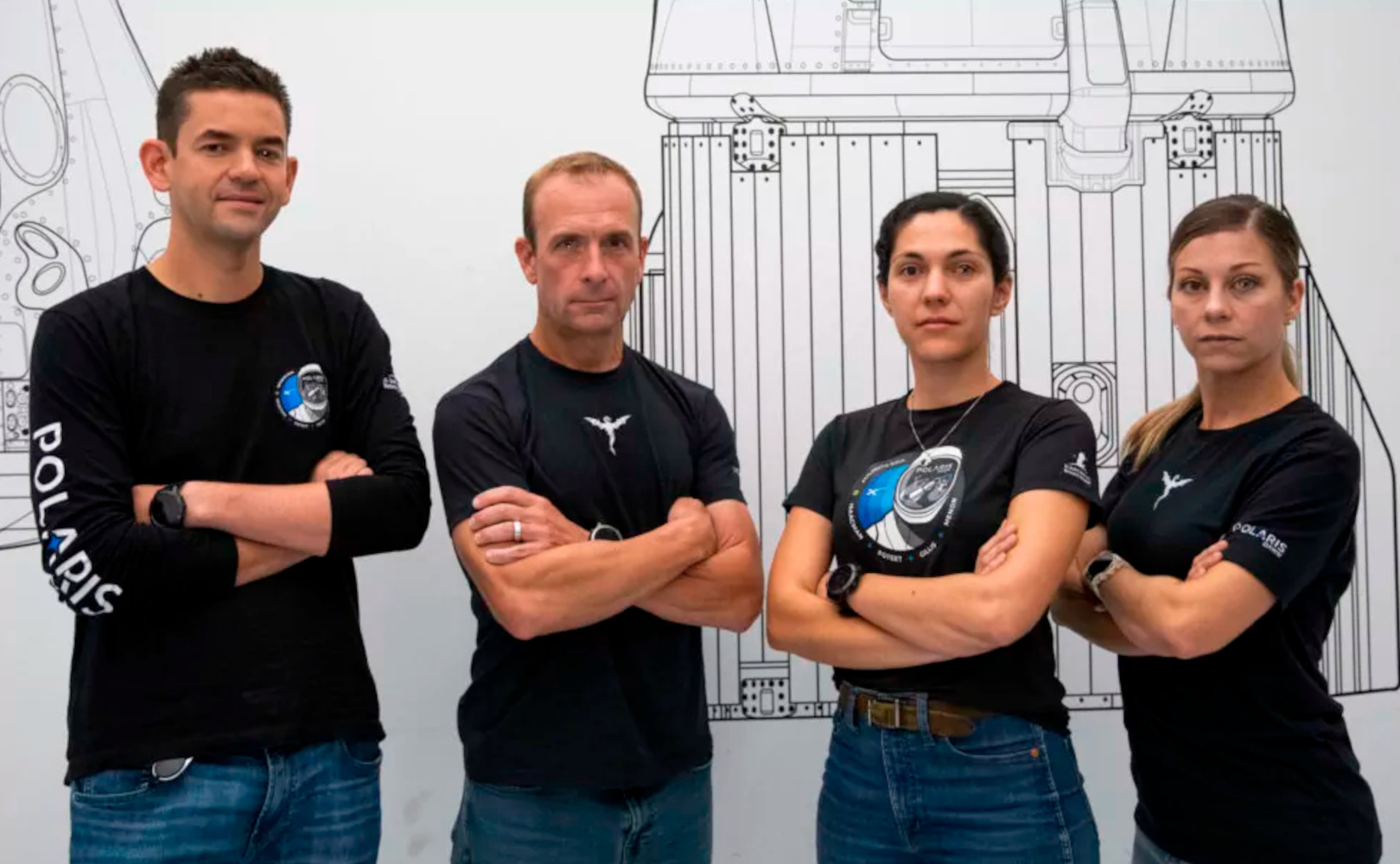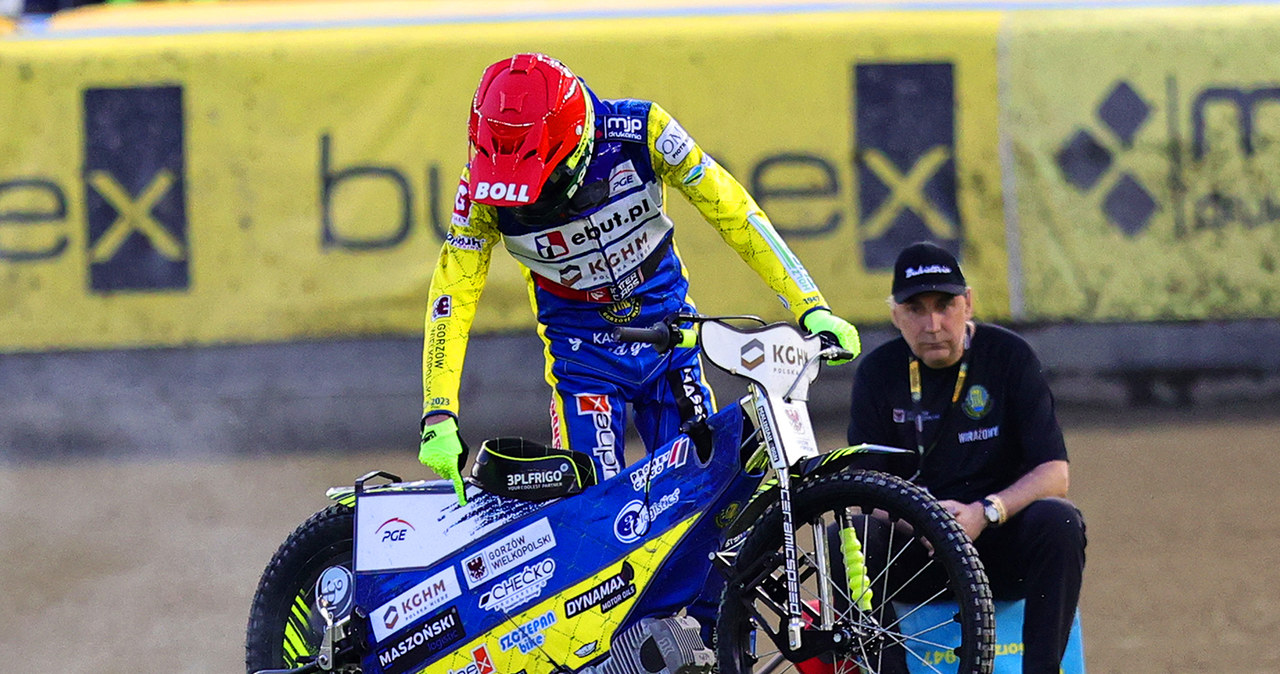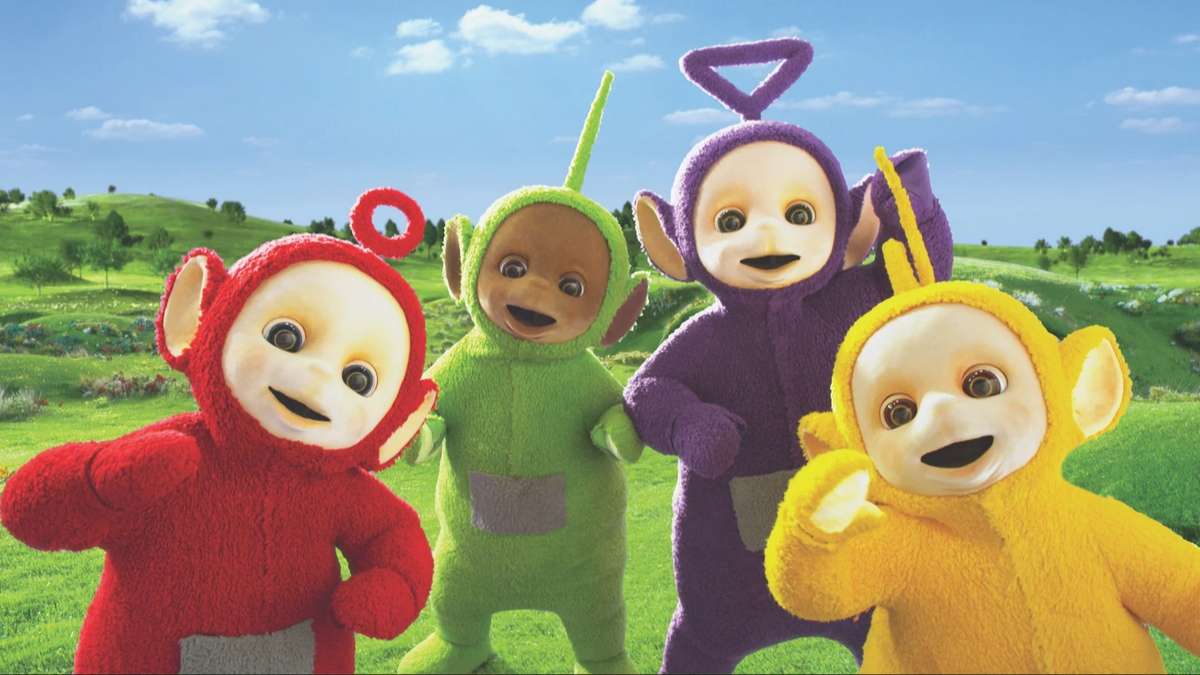Although they belong to the same family, when surrounded by other birds, crows and jays show very different eating behaviors, say the authors of the study published in the scientific journal PLOS One.
The study, conducted by British scientists, aims to better understand the mechanism of delayed gratification in selected bird species. He analyzed the behavior of common jays and bearded crows. Scientists noticed how the behavior of birds changes depending on the factors surrounding them. The results of the work were published on Wednesday in the scientific journal PLOS One.
Both jays and crows are very intelligent and self-controlled. Both species also belong to the same family of corvids. However, their eating behavior patterns in the presence of other birds are very different. Crows are more patient and selective in such conditions, while jays are content with whatever food they can get first.
Crows prefer to wait for their favorite snack
How did scientists discover which corvids are more capable of self-control? For this purpose, they conducted three tests with each subject. The first operation was performed when the bird was alone. He was then presented with two types of food – more satisfying and less satisfying. The jays were given bread and mealworms, and the crows were given apples and meat. Food was placed under clear cups on a rotating tray. Each bird could choose the previously less satisfactory option or wait 15 seconds for the second best option to approach it.
See also: Bird brain myth. The Crows passed the marshmallow test
Eurasian jay Stock struggle
The second test was performed in a similar manner, except that before the appearance of poor-quality food, another bird of a non-competitive species was introduced into the room with the tested individual. The third test was also performed according to this scheme, but during which a competing individual was allowed into the room with the bird being tested. Hence, the tested bird can have a less tasty but reliable snack or risk being taken by a competitor and waiting for its favorite food.
During the first test, all the jays and crows were waiting for better food. Differences in their behavior did not begin to appear until the second and third tests. The crows, regardless of the circumstances, decided to wait 15 seconds to get a better treat, even if they had to risk being taken by another bird in the room with them. The Jays didn’t have much patience. The vast majority of them chose a less satisfactory but more reliable option.
See also: If a seagull has a choice of potato chips, it chooses the ones that humans prefer
Main image source: Stock struggle

Echo Richards embodies a personality that is a delightful contradiction: a humble musicaholic who never brags about her expansive knowledge of both classic and contemporary tunes. Infuriatingly modest, one would never know from a mere conversation how deeply entrenched she is in the world of music. This passion seamlessly translates into her problem-solving skills, with Echo often drawing inspiration from melodies and rhythms. A voracious reader, she dives deep into literature, using stories to influence her own hardcore writing. Her spirited advocacy for alcohol isn’t about mere indulgence, but about celebrating life’s poignant moments.







